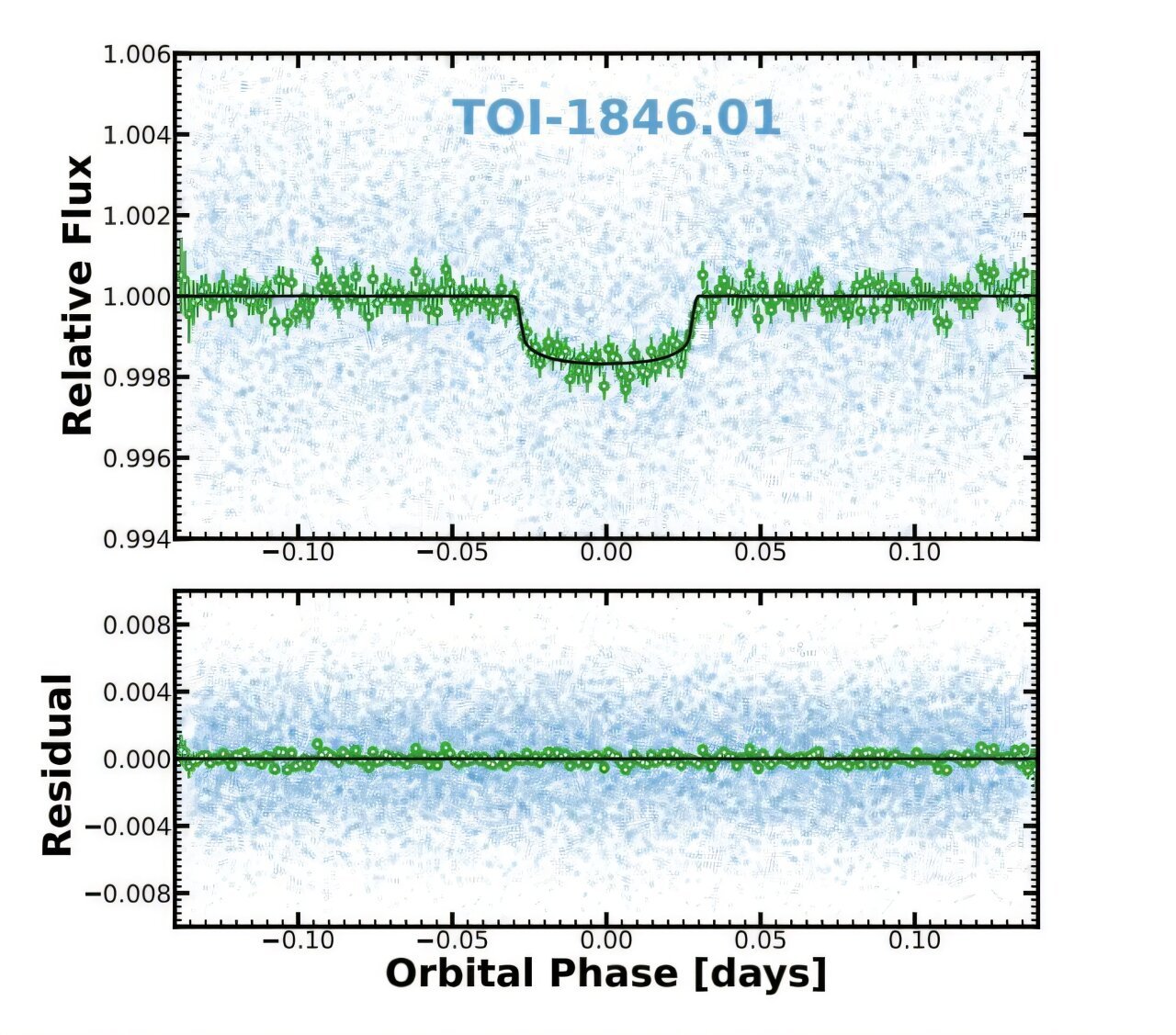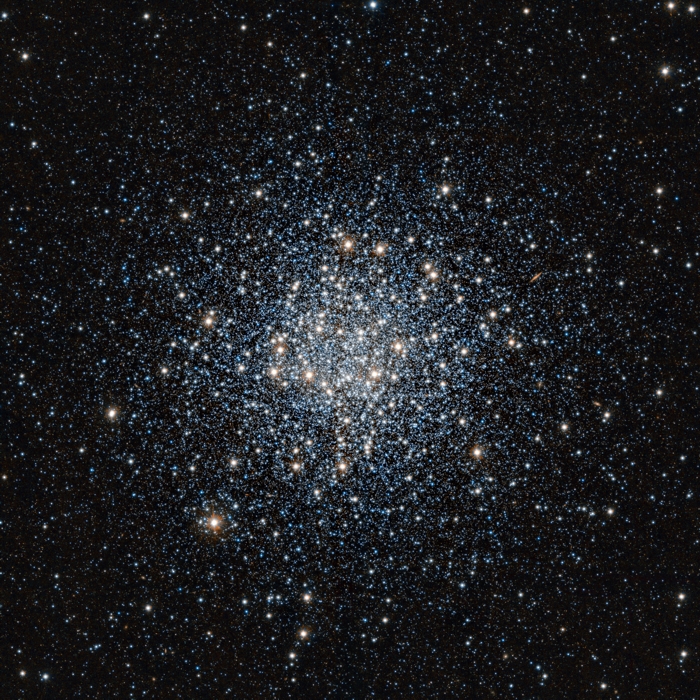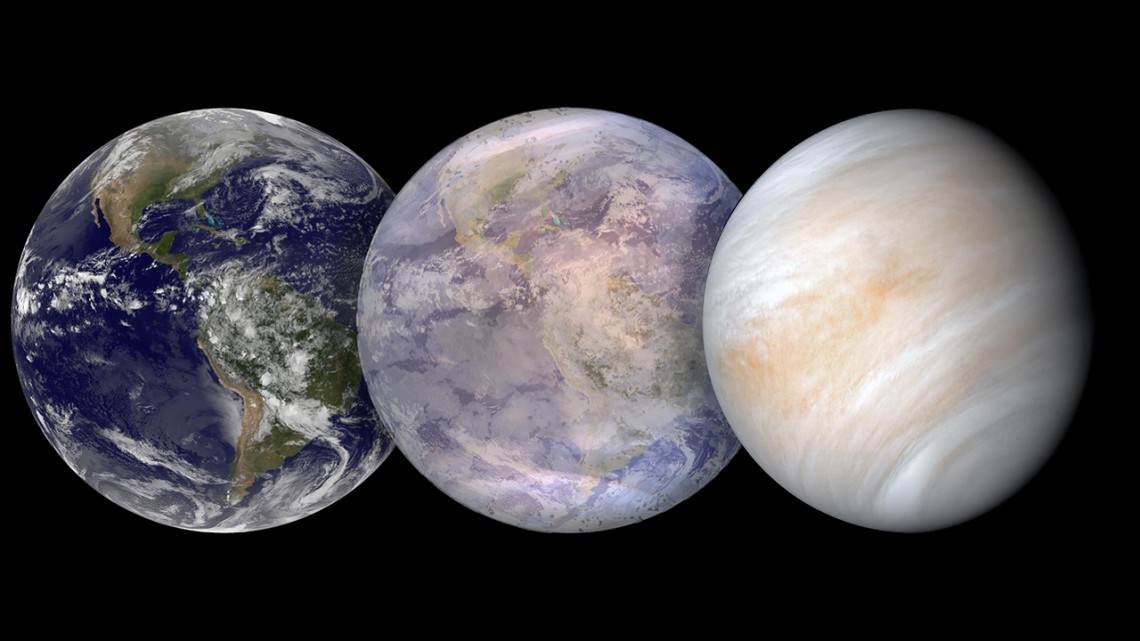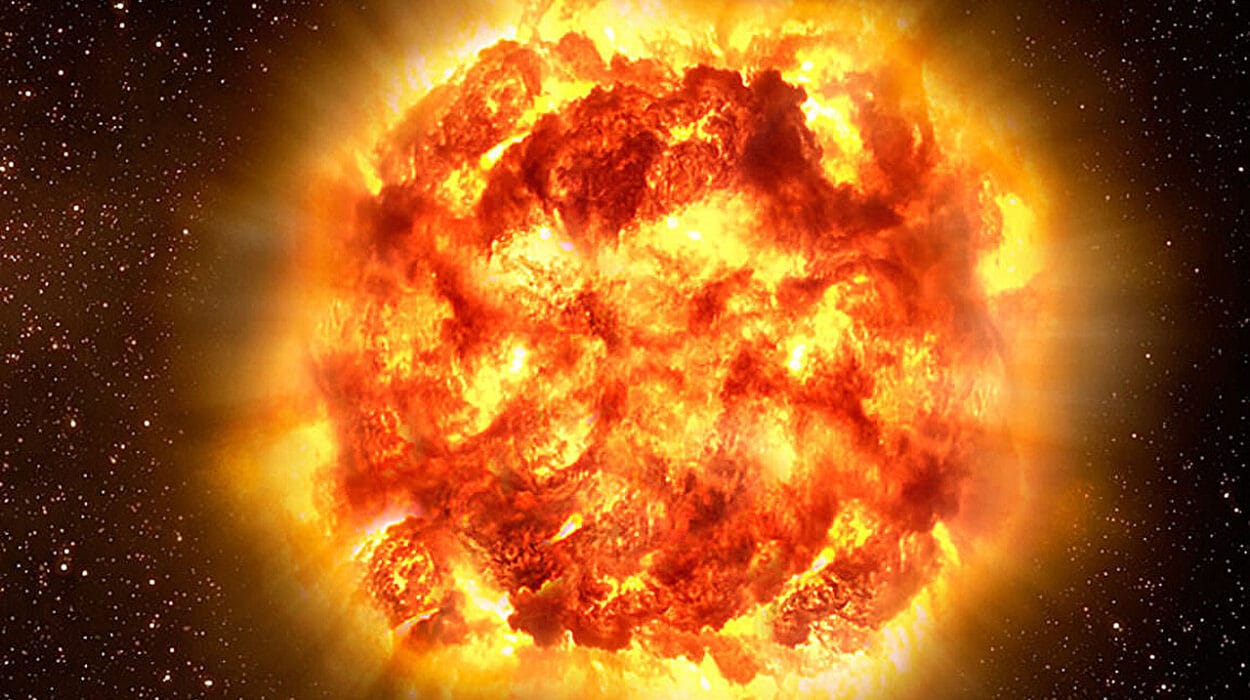For centuries, the giant planets of our solar system — Jupiter, Saturn, Uranus, and Neptune — have stirred both awe and curiosity. These colossal worlds, wrapped in swirling bands of clouds and storms larger than Earth itself, are home to the most extreme winds known in our cosmic neighborhood. Their equators host jet streams that roar at unimaginable speeds, reaching between 500 and 2,000 kilometers per hour — far surpassing anything we experience on our own planet.
Yet, one puzzle has long baffled scientists: why do the winds on some of these planets blow eastward, while on others, they move westward? Jupiter and Saturn, the gas giants, have equatorial jet streams that flow eastward, spinning in the same direction as the planets’ rotation. Uranus and Neptune, the ice giants, are just the opposite — their equatorial winds race westward, against the spin. For decades, this strange divide defied explanation.
Now, for the first time, a team of scientists led by Keren Duer-Milner from Leiden Observatory and SRON (the Netherlands Institute for Space Research) has found an elegant solution. Their new model doesn’t just explain the winds of one planet, but of all four — revealing that the same physical process underlies these majestic, planet-sized jet streams.
The Secret Engine of the Giant Planets
The team discovered that the key lies in a process known as fast rotating convection — a powerful circulation pattern that occurs deep within the atmospheres of the giant planets. Convection is the mechanism by which heat rises and cooler material sinks, a familiar process that drives weather patterns on Earth. But on the gas and ice giants, convection behaves in far more extreme ways.
Each of these planets rotates rapidly — Jupiter, for instance, spins once every ten hours, making it one of the fastest rotators in the solar system. This rapid rotation twists the convective motions within their atmospheres into long, stable jets that can stretch across the entire planet.
What Duer-Milner’s team found is that the depth of the atmosphere — how far down convection extends — determines the direction of the equatorial winds. On planets like Jupiter and Saturn, where the atmosphere extends deep into the interior, the jets move eastward. On Uranus and Neptune, where the convective layer is shallower, the same physical process produces westward jets.
This discovery reveals a fascinating “bifurcation” — a scientific term describing how a system can evolve into one of two stable states. Under similar conditions of rotation, heat, and internal energy, a planet’s atmosphere can stabilize into either eastward or westward jet streams depending solely on how deep that atmosphere is. In other words, it’s not different mechanisms driving these winds — it’s one mechanism, operating differently depending on the depth of the atmosphere.
The Fastest Winds in the Solar System
The findings shed light on some of the most violent and mysterious features of our solar system. The equatorial winds on Jupiter and Saturn can exceed 1,800 kilometers per hour, faster than a speeding bullet. These are not fleeting gusts — they are stable, global jet streams that have persisted for centuries, shaping the colorful bands and storms we see in telescope images.
On Neptune, the farthest planet from the Sun, winds blow at nearly 2,000 kilometers per hour — the fastest ever recorded anywhere in the solar system. These powerful gusts sweep across a world so cold that sunlight is 900 times dimmer than it is on Earth. For decades, scientists wondered how such tremendous energy could exist in such a frozen environment.
The answer, it seems, lies not in sunlight, but in the planet’s internal heat. The giant planets generate their own warmth through the slow contraction and movement of their deep interiors. This heat drives convection, pushing material upward and setting the whole atmosphere into motion. Fast rotation then molds that rising and sinking flow into enormous bands of wind.
A Cosmic Conveyor Belt
Imagine a vast conveyor belt stretching around the equator of a planet, moving billions of tons of gas in smooth, steady streams. That is essentially what happens in the atmospheres of Jupiter, Saturn, Uranus, and Neptune.
According to Duer-Milner’s model, these conveyor belts are formed by convection cells near the equator. As warm material rises and cool material sinks, the planet’s rapid rotation twists the flow into horizontal jets. The direction of these jets — eastward or westward — depends on the planet’s internal structure and how deep the convection penetrates.
This process creates a self-sustaining pattern that can last for millennia. It explains not only the direction of the winds but also why they are so stable and powerful. Even though these planets receive little sunlight, their internal heat and rapid spin create a dynamic, restless atmosphere that never stops moving.
The Beauty of Simplicity in a Complex System
For years, scientists proposed different explanations for the opposing wind directions on the giant planets. Some thought Jupiter and Saturn’s eastward winds were driven by sunlight, while Uranus and Neptune’s westward jets were powered by deeper internal heat. But none of these ideas fully captured the complexity of the observations.
Duer-Milner and her colleagues have now unified these theories under a single, simple framework. “We hoped to demonstrate that the same mechanism we believe acts in the gas giants, Jupiter and Saturn, could also explain the equatorial jets in the ice giants, Uranus and Neptune,” she explains. “We’re excited because we’ve finally found a simple, elegant explanation for a complex phenomenon.”
This simplicity is what makes the discovery so profound. In nature, complexity often arises from simple rules, and this new model demonstrates that the same physical laws — rotation, convection, and fluid motion — can produce dramatically different outcomes depending on just one factor: atmospheric depth.
A Window Into Alien Worlds
The implications of this discovery extend far beyond our solar system. Planetary scientists are now applying Duer-Milner’s model to study exoplanets — worlds orbiting other stars. Many of these distant planets are “hot Jupiters” or “mini-Neptunes,” with thick gaseous envelopes and fast rotations similar to our own giants.
By understanding how convection and rotation interact to shape winds, scientists can now predict what kind of jet streams might exist on these alien worlds. The model gives researchers a new tool to interpret atmospheric data from telescopes and space missions, helping them uncover how different planets distribute heat and develop weather systems.
It also helps explain why planetary atmospheres are so diverse. Some exoplanets may have permanent eastward winds, while others may have westward jets, depending on their internal structures. Understanding these differences brings us one step closer to decoding the climate systems of worlds light-years away.
Testing the Theory on Jupiter
To validate their findings, Duer-Milner’s team is now turning to data from NASA’s Juno spacecraft, which has been orbiting Jupiter since 2016. Juno’s sensitive instruments can peer beneath the planet’s colorful clouds, measuring magnetic fields, gravity, and subtle variations in atmospheric flow.
If Juno’s observations confirm the presence of the predicted convection patterns near Jupiter’s equator, it will be a major step toward proving the theory in practice. Such confirmation would not only solve a long-standing mystery about Jupiter’s winds but also strengthen our understanding of atmospheric dynamics across the solar system.
The Universal Language of Wind
What makes this discovery so remarkable is how it connects worlds that seem utterly different. Jupiter, a vast, stormy gas giant with a colossal red hurricane; Saturn, adorned with icy rings; Uranus, tipped on its side; and Neptune, dark and distant, whipped by invisible storms — all follow the same fundamental laws of physics.
Despite their differences in size, composition, and sunlight, they share the same cosmic heartbeat. The same forces that sculpted their clouds also govern weather patterns on Earth and potentially on countless worlds across the galaxy.
This realization brings a new sense of unity to our understanding of the universe. The winds that sweep across Neptune’s frozen skies are not alien — they are an echo of the same physics that stirs the breezes on Earth. The same convection that drives storms in Jupiter’s Great Red Spot shapes the clouds in our own atmosphere.
More information: Keren Duer-Milner et al, From Gas to Ice Giants: A Unified Mechanism for Equatorial Jets, Science Advances (2025). DOI: 10.1126/sciadv.ads8899






